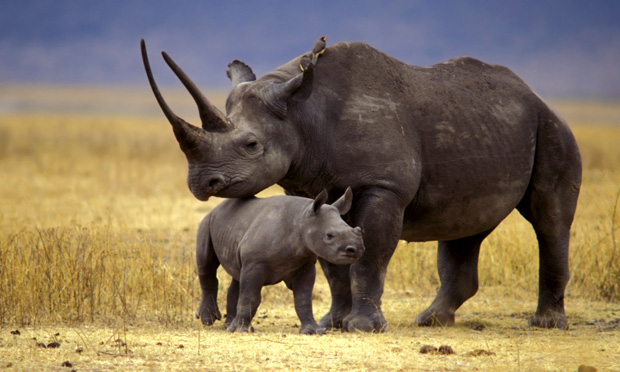
Over the past year, stories about animal welfare have gone viral via social media. In particular, the issues of holding animals in captivity, big game hunting and wildlife poaching have drawn significant criticism. A gorilla named Harambe was shot and killed at a Cincinnati zoo in June 2016 after a 3-year-old boy fell into his enclosure, prompting public debate over whether gorillas should be kept in zoos at all. In the summer of 2015, a beloved lion named Cecil was killed after a party of game hunters lured him away from the animal sanctuary in Zimbabwe where he had been living. Cecil’s death caused such outrage that the American dentist who shot him received death threats.
In February 2014, Prince William made animal welfare a cornerstone of his philanthropic goals. The Prince thrust anti-poaching policy into an international spotlight when he helped launch United for Wildlife, an organization dedicated to stopping the illegal trafficking of wildlife. As part of his efforts, he has held meetings with world leaders, including President Obama, and gave a major speech at the World Bank about the importance of a global commitment to stop the illegal trade.
While wildlife conservation is Prince William’s passion, national governments have become more interested in poaching since policymakers and others began exploring its links to terrorism. Congressman Ted Poe, chairman of the House Subcommittee on Terrorism, Non-proliferation, and Trade, has spoken out about the connection between illegal poaching and terrorism. Illegal trade involving endangered wildlife products – rhino horns, turtle shells and elephant ivory, for example – generates at least $7 billion to $10 billion a year, according to a 2013 report from the Congressional Research Service. While the consumers are predominantly in Asia, terrorist groups in Africa such as the Lord’s Resistance Army, Boko Haram and Al-Shabaab reportedly employ poaching to finance their organizations. The Royal United Services Institute, a think tank in London, released a 2015 report questioning the extent of terrorist groups’ involvement in the illegal ivory trade specifically.
A 2016 report published in the Journal of Applied Ecology takes a close look at the desperate situation many species face today and the potential for technology to play a dominant role in at least slowing the rate of poaching among large, at-risk animals. The authors, Paul O’Donoghue of the University of Chester in England and Christian Rutz of the University of St. Andrews in Scotland, propose a three-step process using smart electronics in conjunction with the mobile, anti-poaching teams that already are in use.
Some key takeaways of the report, titled “Real-time Anti-poaching Tags Could Help Prevent Imminent Species Extinctions,” are:
- Low population densities and reproductive rates make large mammals more vulnerable to decline.
- With poaching levels at rates never before seen, rhinos are quickly heading toward extinction in the wild. “One animal is killed every 13 hours in some areas.”
- The price of ivory has increased, making the fate of elephants dire. Wild elephants could be extinct across most of Africa by 2020.
- Three subspecies of tigers have been lost in the past 70 years, and the lack of sightings in southern China indicates that another subspecies potentially has been lost.
- The mobile, armed teams that help with anti-poaching efforts are well trained and equipped but have no way of knowing when or where poaching is taking place. Animal carcasses often are found days or weeks after a slaughter; therefore, arrests and prosecutions are rare.
- A “biotagging” system of miniature sensors could be developed and placed on animals. These sensors, which might include accelerometers or heart-rate sensors, could be used to detect when an animal is trapped or shot. Combining current methods, especially the use of helicopters, with such new technology would help authorities at least get to the vicinity of a poaching attack in time to conduct vehicle checks and search for signs of poaching.
- Drone technology is currently being developed to monitor animals. If used in coordination with animal-tagging technology, sensors on the animals could alert a drone and guide it to the crime scene for the immediate collection of photo or video evidence.
O’Donoghue and Rutz acknowledge that animal-tagging technology is not yet available, and that many engineering challenges remain. But they argue that there have been considerable advances in biologging science over the past decade and that a real-time, poaching-alert system is within science’s reach.
Related Research: A 2013 article published in the Journal of International Wildlife Law & Policy, “What Sustains Wildlife Crime? Rhino Horn Trading and the Resilience of Criminal Networks,” examines the rhino horn trade and strategies to stop illegal horn harvesting and sales. A 2012 study published by PLOS One, “Lead Exposure in Bald Eagles from Big Game Hunting, the Continental Implications and Successful Mitigation Efforts,” links lead exposure in eagles to rifle ammunition.
Keywords: anti-poaching, trafficking, conservation, wildlife, endangered species, ivory, environmental education, Convention on International Trade in Endangered Species
